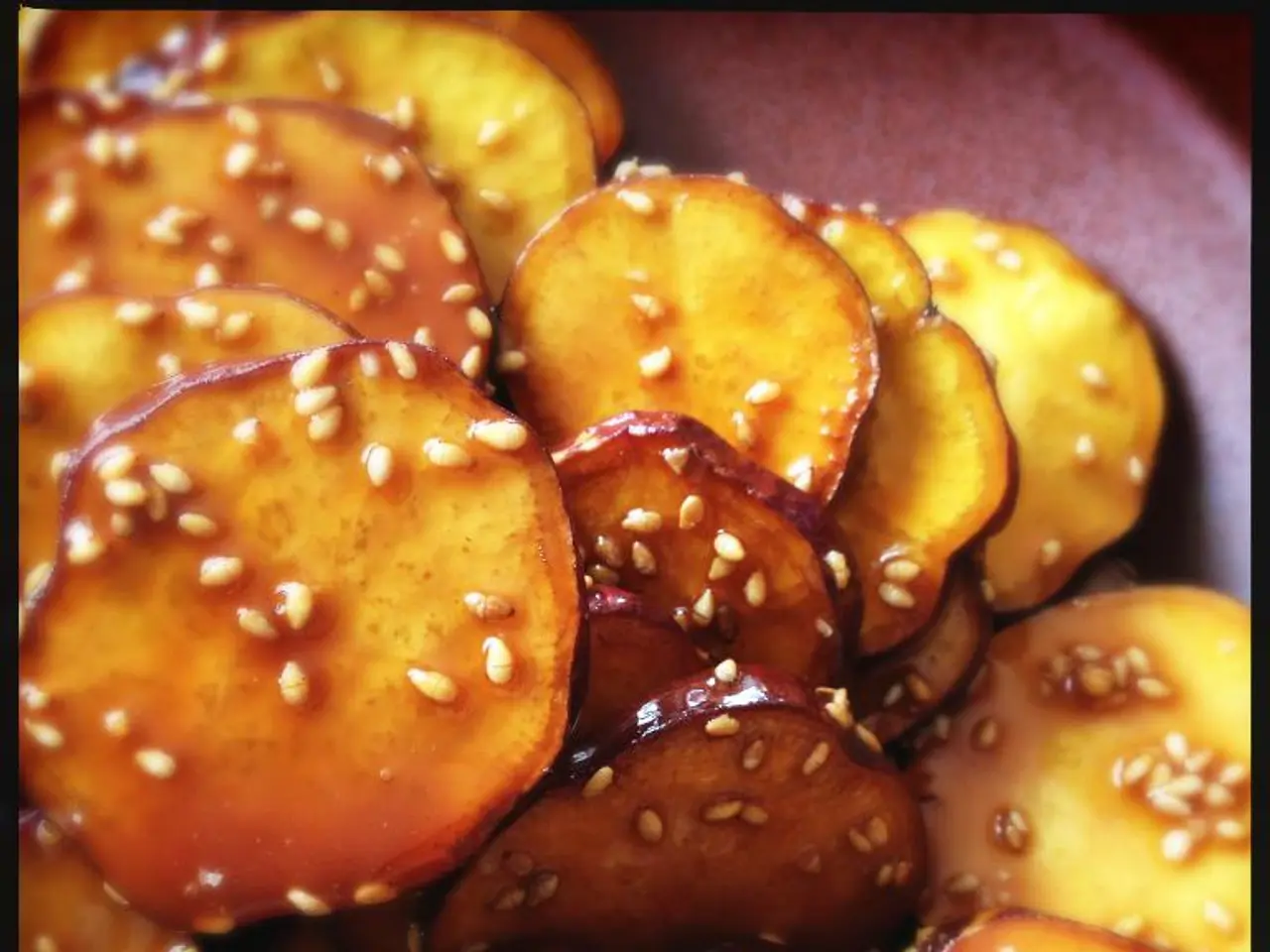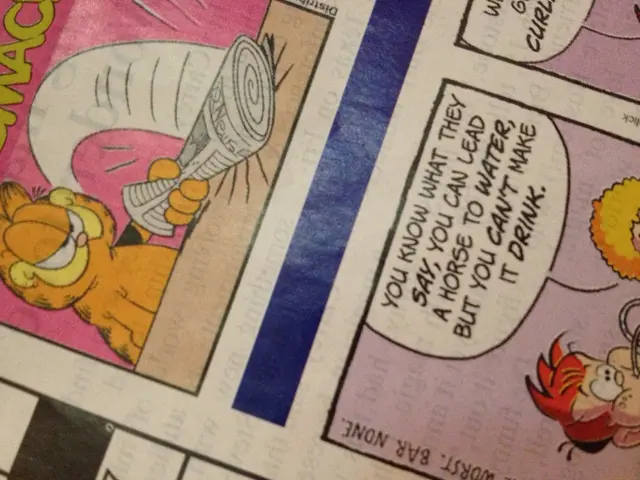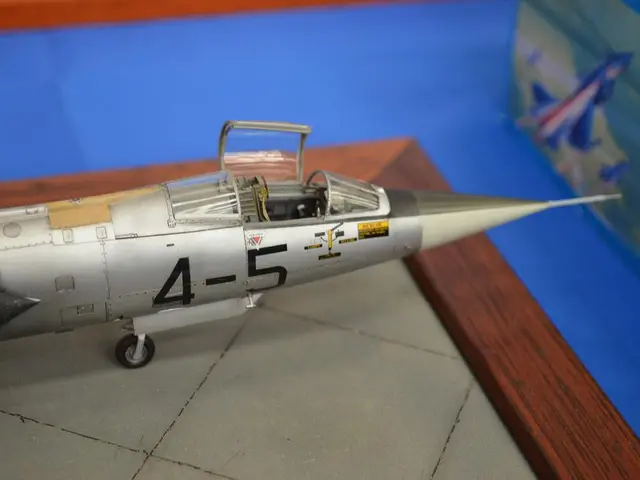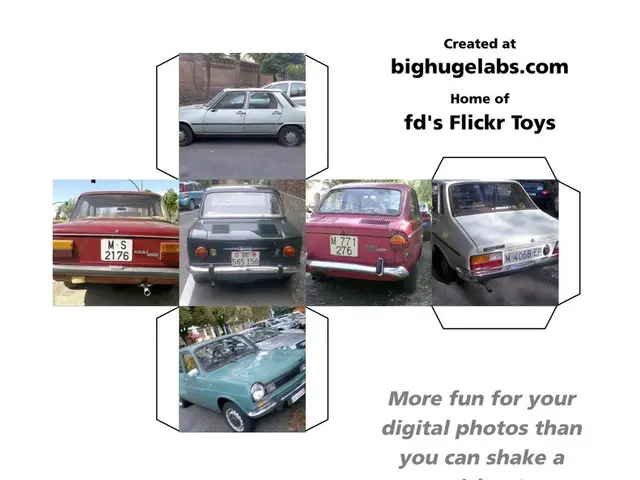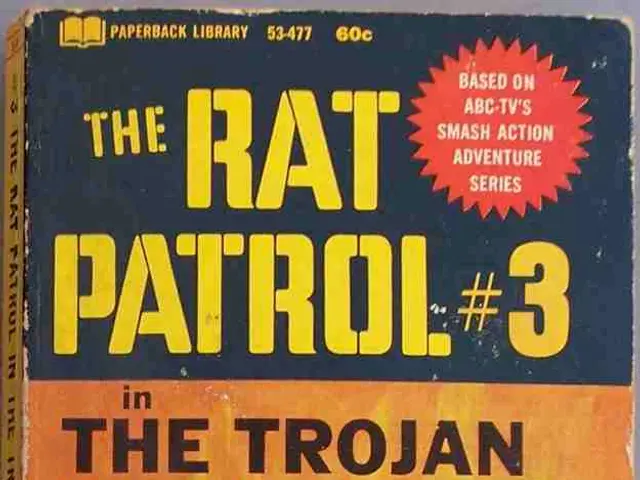NRA Highlights Rendering's Role in Pet Food and Waste Reduction
The National Renderers Association (NRA) is stepping into the spotlight to promote the benefits of rendering to consumers, particularly in the pet food industry. Despite its long history and environmental significance, rendering has remained largely unknown to the public, often referred to as the 'invisible industry'.
Rendering, a process that dates back to ancient Egyptian times, is a vital recycling method for the meat industry. It transforms materials like offal, bones, fats, trimmings, blood, feathers, and restaurant grease into valuable products. These include meat meals, bone meal, tallow, poultry fat, and feather meal, among others.
Jessica Meisinger, PhD, director of education, science and communication for NRA, highlighted the importance of rendering at the 2014 Feed and Pet Food Joint Conference. She stressed that without rendering, US landfills would be full within just four years. The NRA, which represents the rendering industry, considers rendering a form of recycling, a view echoed by the pet food industry.
Rendering plays a crucial role in reducing waste and decreasing competition with the human food industry. Annually, about 50 billion pounds of meat that would otherwise go to waste is rendered in North America. By-products, or secondary products obtained during manufacturing, are transformed into safe and environmentally friendly ingredients for pet food.
The NRA's campaign aims to educate consumers about the benefits of rendering in the pet food industry. By recycling materials that would otherwise be waste, rendering helps preserve landfill space, reduces competition with human food, and provides safe, environmentally friendly ingredients for pets.
Read also:
- Reconsidering the Approach to Mountain Height Measurement?
- UK automaker, Jaguar Land Rover, to commit £500 million for electric vehicle manufacturing in Merseyside
- Standard Nuclear & Framatome Join Forces to Boost TRISO Fuel Production by 2027
- Exhibition Spotlights Child Labor in Lithium and Cobalt Mines
